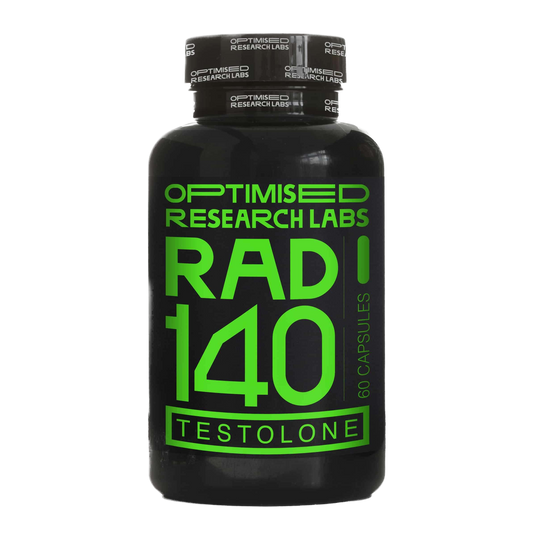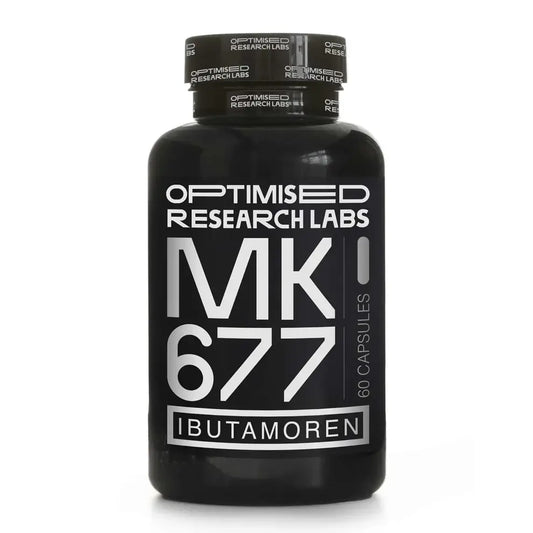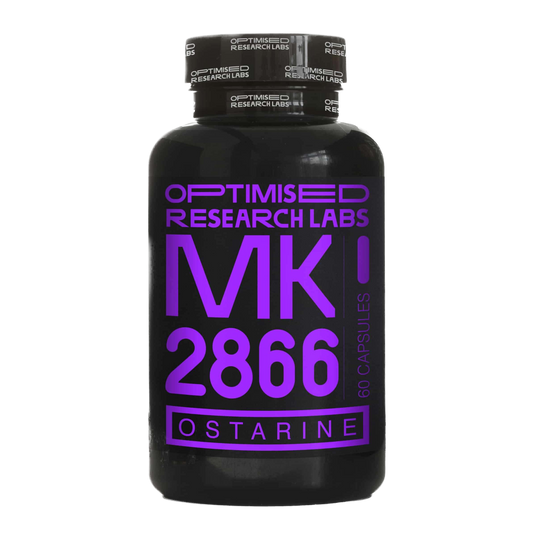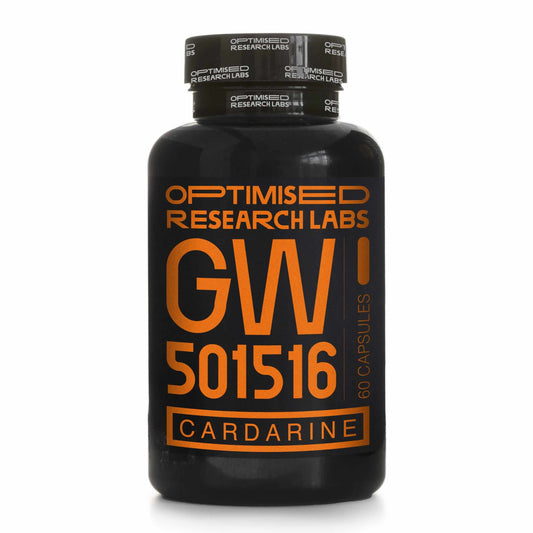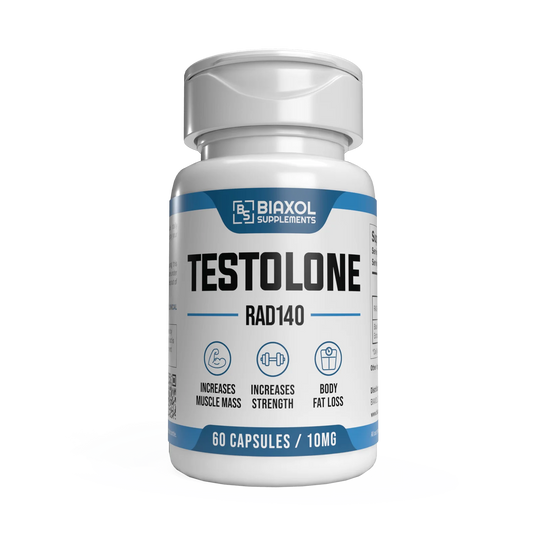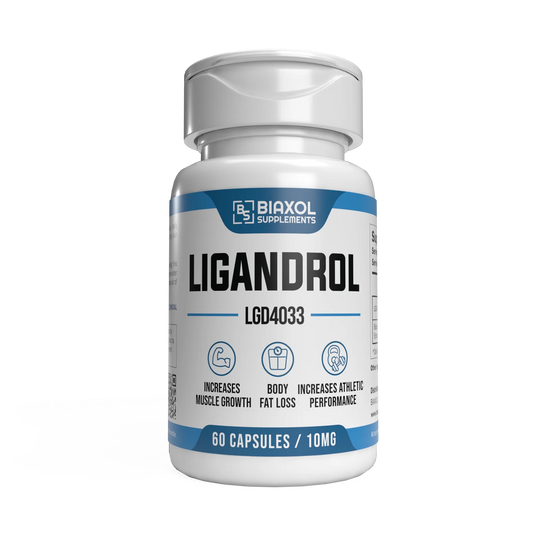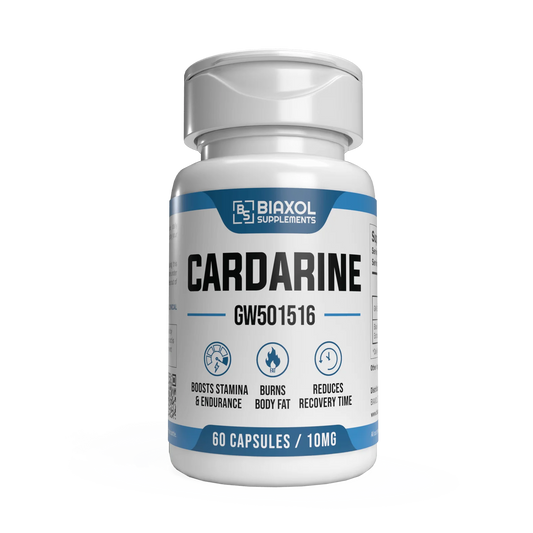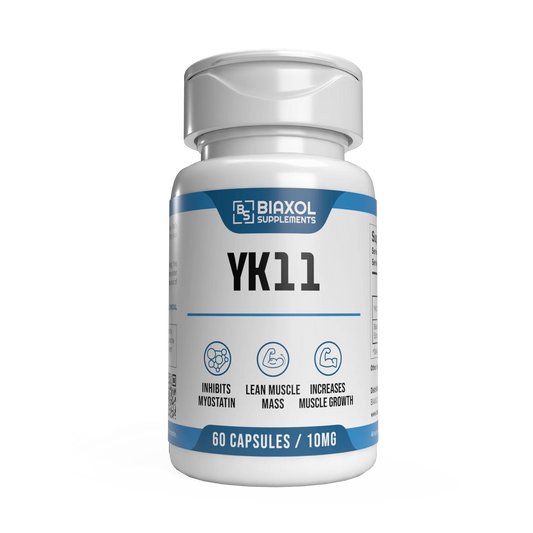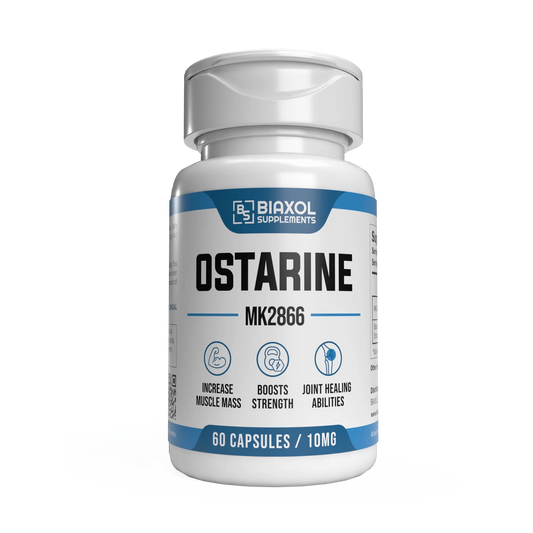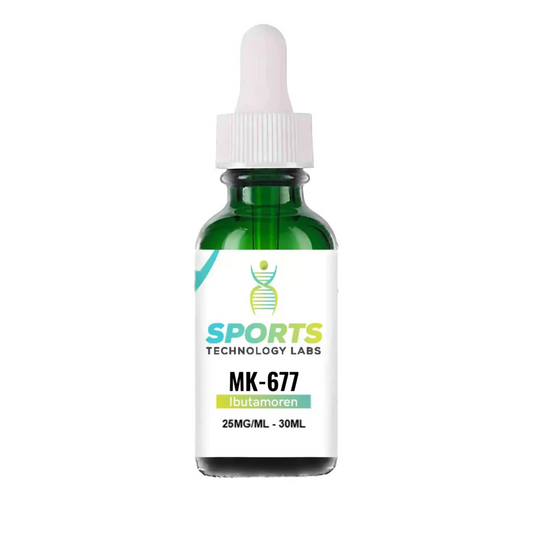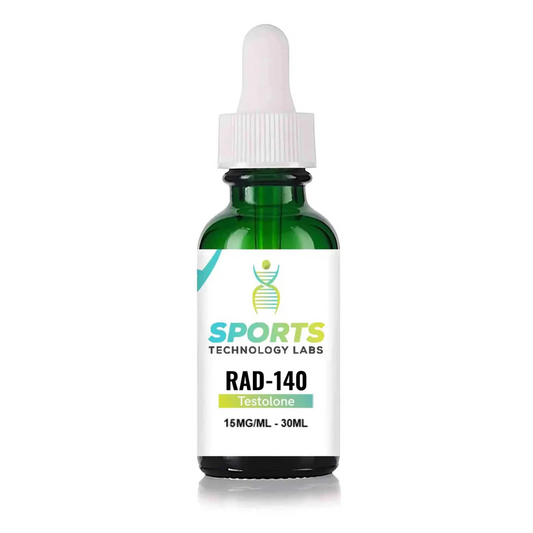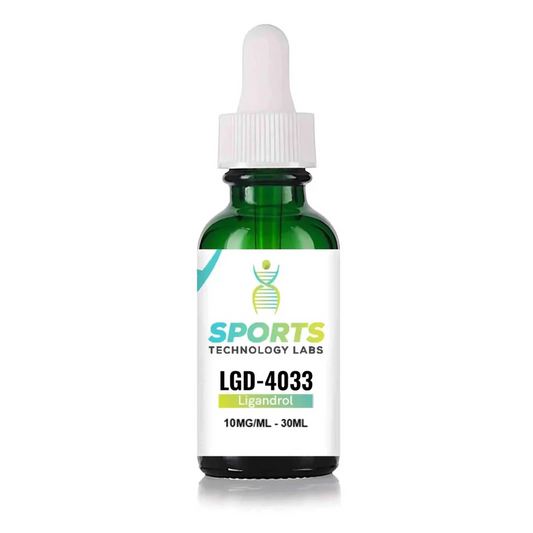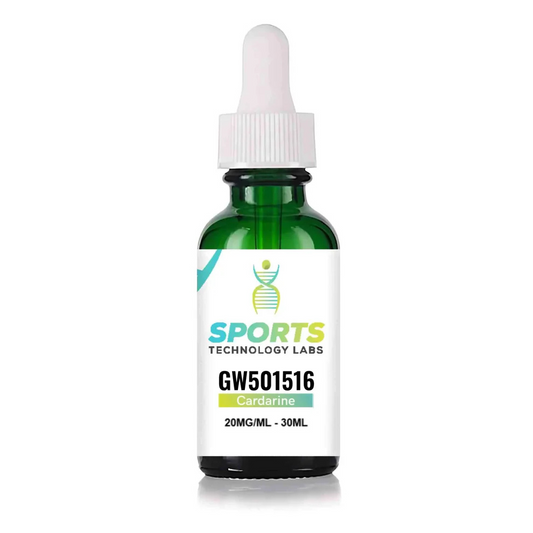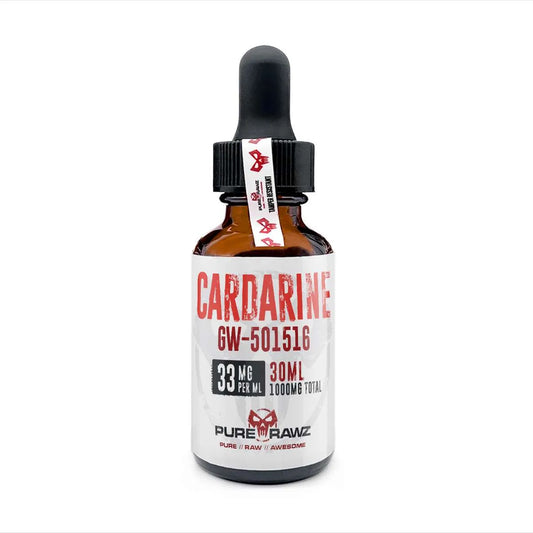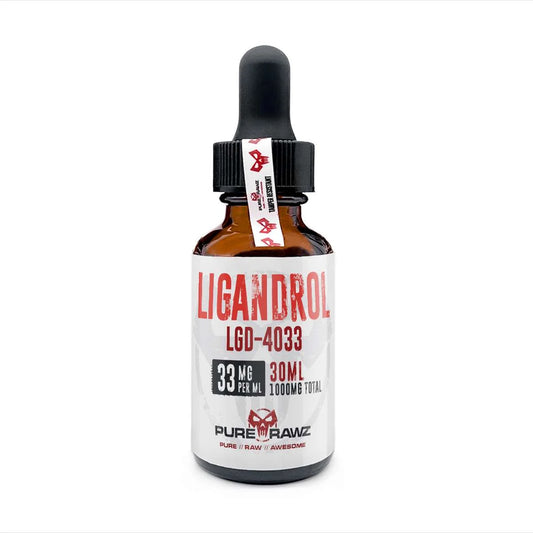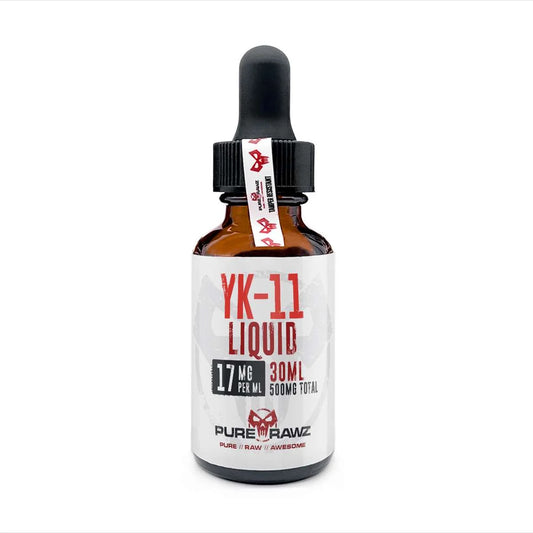SARMs vs Peptides (2025 Guide)
 Introduction
Introduction
In recent years, SARMs (Selective Androgen Receptor Modulators) and Peptides have gained significant attention within the research community. Both compound classes are widely studied for their potential roles in muscle development, recovery, fat metabolism, and cellular repair, yet they differ in structure, mechanism, and research applications.
This article provides an updated 2025 comparison of SARMs vs peptides, exploring scientific findings, safety considerations, and regulatory perspectives.
⚠️ Disclaimer: All compounds discussed are strictly intended for laboratory research purposes only. They are not approved for human consumption.
What Are SARMs?
SARMs are non-steroidal compounds that selectively bind to androgen receptors. This selectivity allows researchers to investigate anabolic activity in muscle and bone tissues while minimising unwanted interactions elsewhere.
Common SARMs under study include:
- Ostarine (MK-2866)
- Ligandrol (LGD-4033)
- RAD-140 (Testolone)
- Ibutamoren (MK-677)
For a deeper dive, see: SARMs Safety & Side Effects: 2025 Update.
What Are Peptides?
Peptides are short chains of amino acids that act as signalling molecules in the body. They are often studied for their role in cell repair, hormone release, and metabolic regulation.
Examples of research peptides include:
- BPC-157 – studied for tissue healing
- TB-500 – linked to recovery and repair processes
- CJC-1295 / Ipamorelin – studied for growth hormone release
For further background, see NIH resources on peptide therapeutics.
SARMs vs Peptides: Core Differences
| Feature | SARMs | Peptides |
|---|---|---|
| Structure | Non-steroidal synthetic compounds | Amino acid chains (protein fragments) |
| Mechanism | Bind to androgen receptors selectively | Trigger cellular pathways & hormone release |
| Research Focus | Muscle growth, bone density, metabolic regulation | Healing, recovery, anti-inflammatory potential |
| Form | Often in liquid or capsule form for research | Usually injectable solutions in research settings |
| Regulation | Classified as research chemicals, restricted for human use | Varies – some peptides are approved for therapy, many remain experimental |
Potential Advantages of SARMs in Research
- High tissue selectivity (muscle & bone)
- Easier dose standardisation in controlled studies
- Often studied for anabolic properties without traditional steroid pathways
Potential Advantages of Peptides in Research
- Broad range of biological targets
- Focus on healing, repair, and recovery mechanisms
- Some have advanced into clinical therapeutic trials
Safety Considerations
Both SARMs and peptides remain under active investigation. While SARMs may show anabolic potential, studies also highlight possible side effects including liver strain and hormonal suppression.
Peptides, on the other hand, generally exhibit shorter half-lives, requiring frequent administration in lab settings, and their long-term research safety profiles are still being developed.
For more details, review the MHRA guidance on unlicensed medicines.
UK Legal & Regulatory Perspective
- SARMs: Classified as investigational compounds; not licensed for human use.
- Peptides: A few are approved for therapeutic use, while many remain research-only.
- Both fall under strict advertising & labelling rules as per the PAGB Supplement Guidelines.
Further Reading
FAQs
Q: Are SARMs stronger than peptides?
A: SARMs are typically studied for anabolic activity, while peptides are more diverse, often focusing on healing and recovery pathways.
Q: Are peptides safer than SARMs?
A: Both are still under investigation. Safety varies depending on the specific compound and study design.
Q: Can SARMs and peptides be combined in research?
A: Some research explores combined protocols, but most published studies still focus on isolated compounds.
Conclusion
Both SARMs and peptides play important roles in modern research. SARMs are primarily investigated for their selective anabolic potential, while peptides offer exciting possibilities in healing, recovery, and cellular repair.
As of 2025, neither category is approved for human consumption in the UK — making it essential to approach both strictly from a research perspective.
For the best SARMs worldwide, visit the SMART SARMS UK Store.





